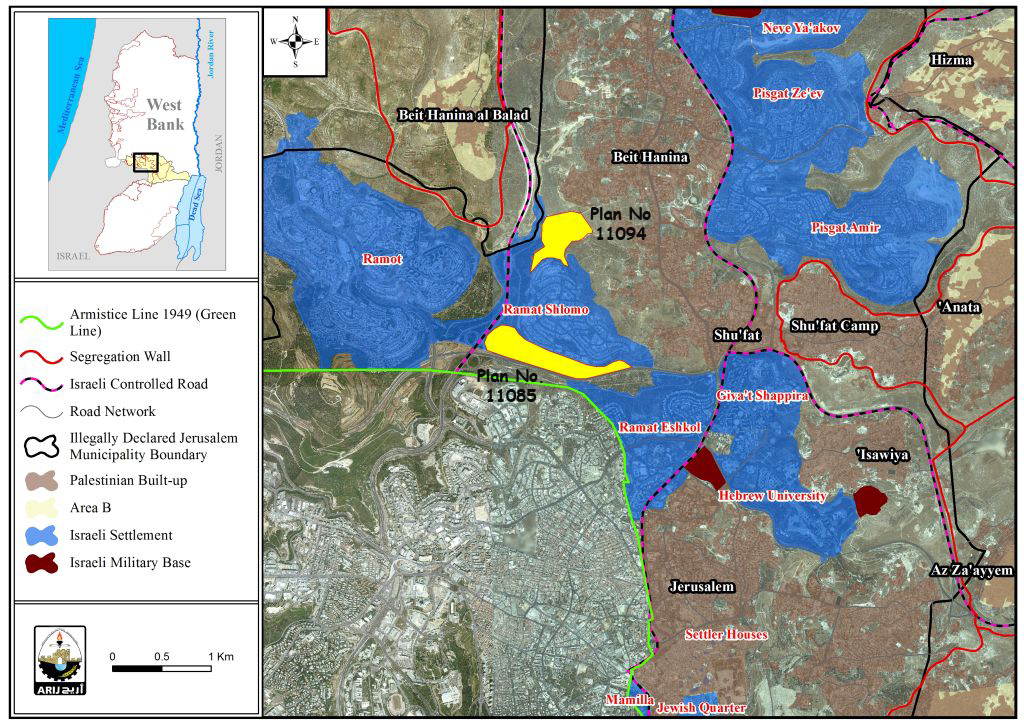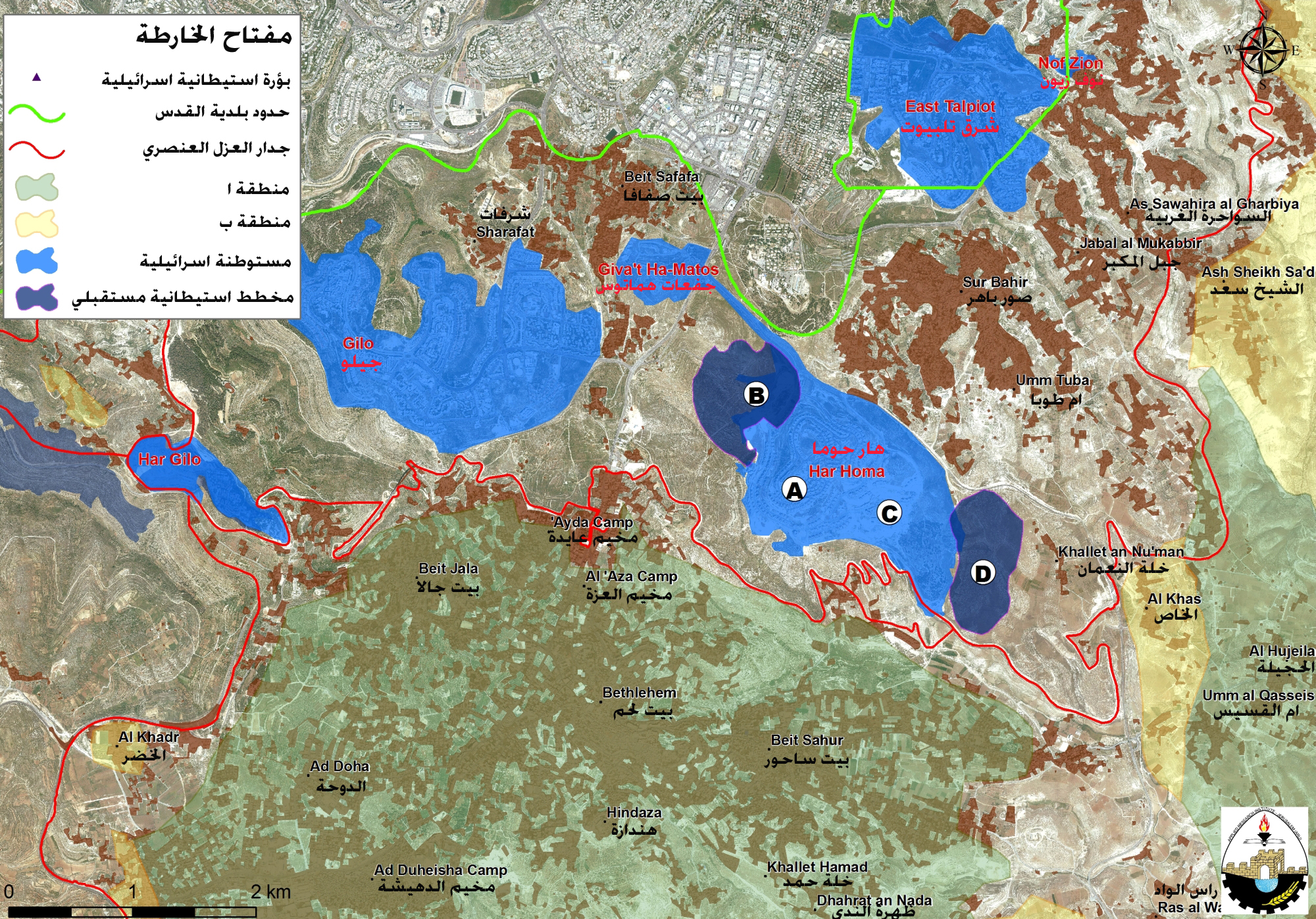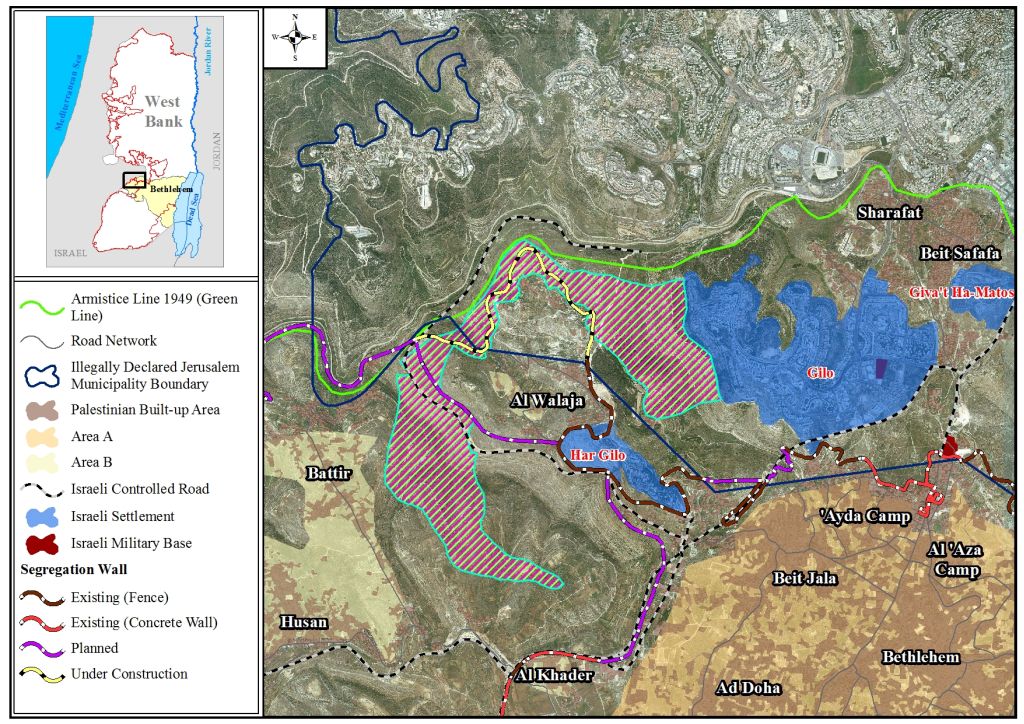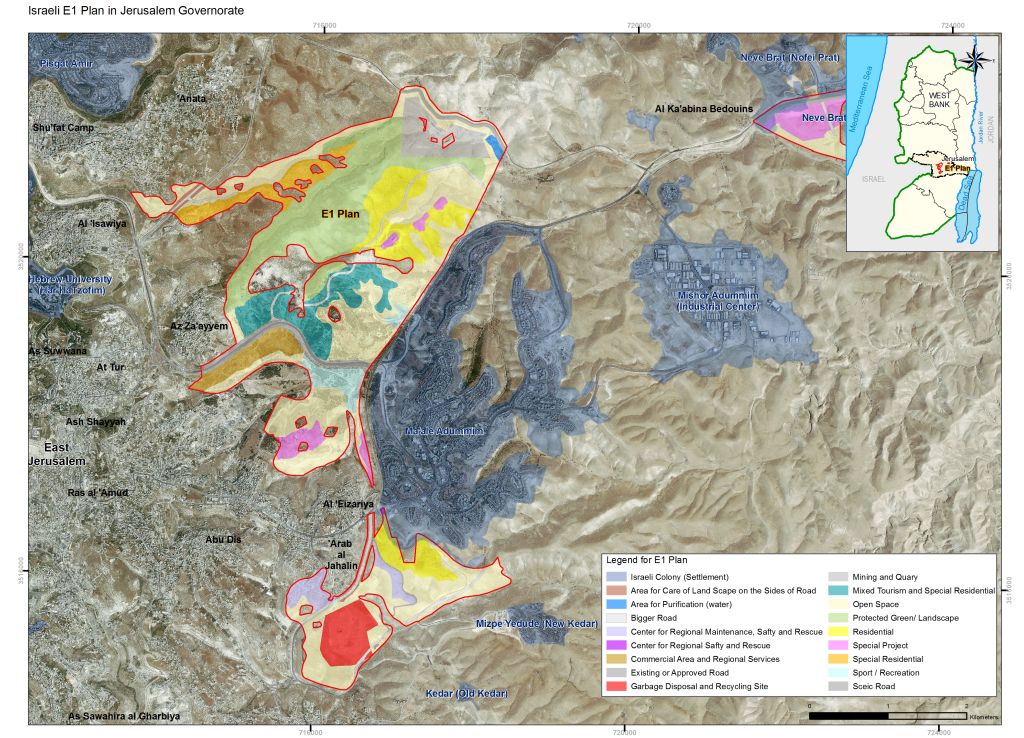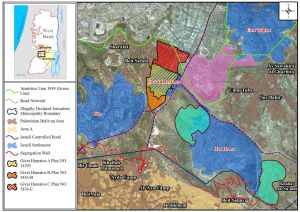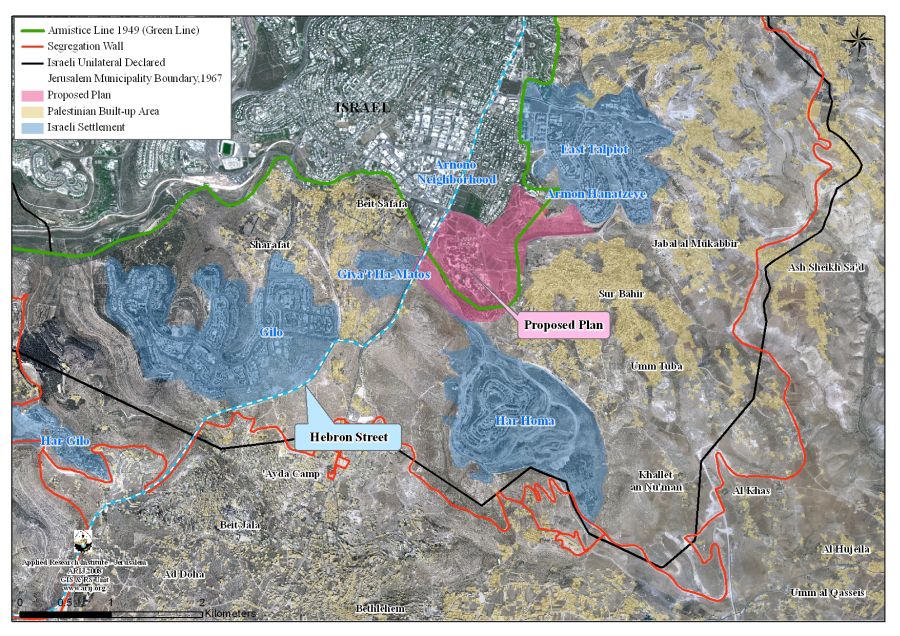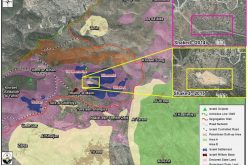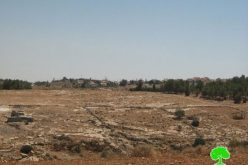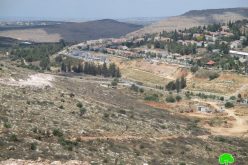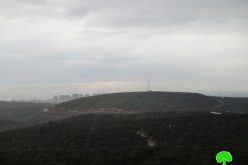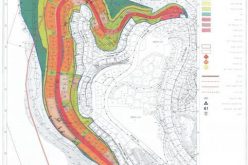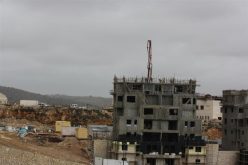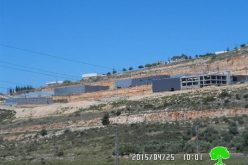Despite International condemnation, Israel continues with its settlement plans in the occupied State of Palestine
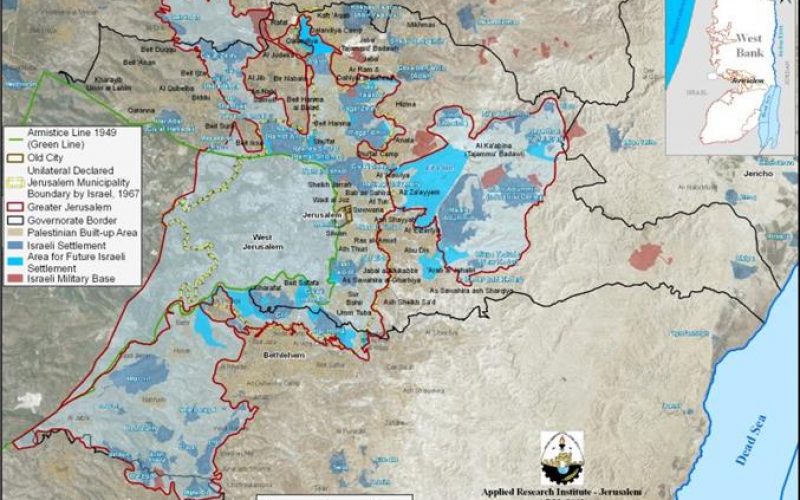
“It is time that there will be full construction, in Jerusalem, Judea, Samaria, the Negev and Galilee,”. With these words, Construction and Housing Minister Uri Ariel called for the continuous building in Israeli settlements in the occupied State of Palestine. During his visit to Rachel’s Tomb[1] on the 4th of November 2014 to commemorate the day of passing of Rachel, wife of Jacob, Minister Ariel said that “No Limits from Any Gentile” should be put on Construction in Israeli settlements all over the West Bank territory and those settlements inside the 1948 borders, referring to the continuous condemnation of the International community and most specifically the US administration, to Israeli settlement plans in the occupied West Bank, which severely affect the efforts being exerted to revive the peace process and the two-state solution.
Earlier on Monday, the 3rd of November 2014, the Jerusalem District Planning and Building Committee affiliated to the Israeli Municipality of Jerusalem approved deposit of TPS 11094 in Ramat Shlomo settlement for public objections. The plan states the construction of 500 settlement units (instead of 660 that were planned to be constructed in the area) in the northern section of Ramat Shlomo (Reches Shu’fat) settlement in occupied East Jerusalem. The units are to be constructed over 76 dunums of lands of the Palestinian town of Beit Hanina and are considered as addition to TPS No. 11085 which states the construction of another 1600 units in the western and southern sections of the settlement. See Map 1
Map 1: Targeted locations in Ramat Shlomo Settlement in occupied east Jerusalem
The call of the housing Minister comes yet to complement with what the successive Israeli governments called for throughout the years of occupation, to strengthen the built of Israeli settlements all over the West Bank territory, with no restrictions, and most specifically in and around the Jerusalem area.
Earlier, on the 27th of October 2014, the Israeli Prime Minister, Benjamin Netanyahu, also gave the green light for the construction of 1060 housing units in two major settlements in East Jerusalem, 400 units in Har Homa settlement south of Jerusalem city and another 660 units in Ramat Shlomo (Reches Shu’fat) settlement north of Jerusalem city.
Note that the Ramat Shlomo plan is one among many plans that were deposited for Government’s approval in the previous years in Jerusalem and yet awaiting final approval, some of which are listed below:
- Two new settlements in the vicinity of Har Homa settlement: the master Plan set by the Israeli municipality of Jerusalem (Master plan Jerusalem 2000) indicates the presence of two new neighborhoods added to Har Homa settlement located north of the Bethlehem Governorate, one to its southeast and the other to its northwest. These new neighborhoods will have an approximate area of 1080 dunums. The Master Plan also indicates that the residential area of Har Homa is planned to inflate to 1410 dunums; that is an increase by 350 percent than its current seize of 400 dunums. Har Homa and the additional neighborhoods are to set on an overall 2500 dunums of land. See Map 2
Map 2: Plans of two new settlements near Har Homa settlement
- The Giv’at Yael settlement plan: includes the construction of a new Israeli settlement on 2000 dunums (according to Israeli sources) of agricultural lands that belong to Al Walajeh, Battir and Beit Jala residents, west of the Bethlehem Governorate. However, the total land area threatened to be confiscated for the construction of this settlement project is 4111 dunums; of which 1766 dunums are located within Jerusalem illegal boundaries and 2345 dunums are from Beit Jala, Battir and Al Walajeh lands. The new settlement is set to include some 20,000 housing units and accommodates more than 55,000 Jewish settlers. See Map 3
Map 3: the Giv'at Yeal settlement plan
- The Atarot- Qalandyia settlement plan: includes the construction of 11,000 to 15,000 new housing units. The area designated for the establishment of the settlement is located within the Israeli illegally and unilaterally redrawn Jerusalem municipal boundaries of 1967, in a densely populated area, north of Qalandiya airport within the Israeli Segregation Wall that surrounds the occupied city. The location of the planned settlement has been designated as no building zone for decades and Palestinians were denied rights to establish a community on their own land; however, and once the Israeli government and the Israeli municipality of Jerusalem prepared the plans for an Israeli settlement, the classification of the area became ready for reclassification to suit the new plans and the new purposes.
- The E1 plan: includes the building of 3910 housing units west of Ma'ale Adumim settlement in addition to the building of 2152 hotel rooms, an industrial zone and a Police Station (the Police station has already been built in the Ma'ale Adumim area in 2008). The implementation of the E1 plan comes on 13214 dunums of previously confiscated Palestinian lands in East Jerusalem which belong to Al 'Issawiya, At Tur, Al 'Ezariyeh, Abu Dis and 'Anata communities. See Map 4
Map 4: The E1 Settlement plan near Ma'ale Adumim
- The Giv’at Hamatos plan : includes the construction of 3972 new units and 1100 hotel rooms on lands of Beit Safafa town south of Jerusalem city. The new housing units are set to substitute the current caravans of the Giv’at Hamatos settlement which was established in 1991 when the Israeli government installed mobile homes for immigrants from Ethiopia at the site. The Givat Hamatos plan is divided into four plans: Givat Hamatos A, holds No. 14295 – includes the construction of 2610 units; Givat Hamatos B, holds No. 5834B – includes the construction of 549 units; Givat Hamatos C, holds No. 5834C – includes the construction of 813 units; and Givat Hamatos D, holds No. 5834 D – includes the construction of 1100 hotel rooms. See Map 5
Map 5: Giv'at Hamatos settlement plan
- The Kidmat Zion plan: includes the building of a settlement adjacent to the Israeli Segregation Wall in Abu Dis town east of the city of Jerusalem. The plan includes the construction of 200 housing units in the site which is located at the eastern part of the Wall inside the isolated lands between Abu Dis and Jabal Al-Mukabber Jerusalemite neighborhoods.
- The Ramat Rahel settlement plan: The plan includes the construction of 1,300 apartments on plots of land located between Ramat Rachel and East Talpiyot. The project is privately owned with an initial investment of $100 million and will include luxury apartments priced at $250,000 to over $500,000. See Map 6
See Map 6: The planned Ramat Rahel Settlement
To conclude,
The Successive Israeli Governments , regardless of the party in power, always sought to create what they believe to be 'irreversible facts on the ground', through the construction of settlements to maintain control over the Palestinian territory and ensure predominance, irrespective of the cost to the Palestinian society. This, consequently diminishes any prospect of a viable Palestinian state and shows that Israel is not a willing “partner for peace”, because it is going forward with its plans to Judaize the occupied Palestinian territory and most specifically the city of Jerusalem.
[1] Rachel Tomb also known as the Bilal bin Rabah mosque to Muslims and recognized by the UNESCO in 2012 as a mosque and "an integral part of the occupied Palestinian territory".
Prepared by:
The Applied Research Institute – Jerusalem


